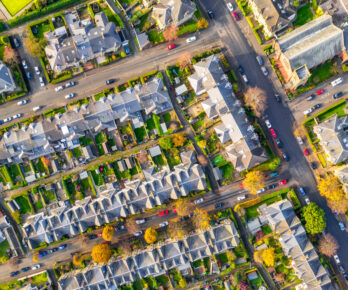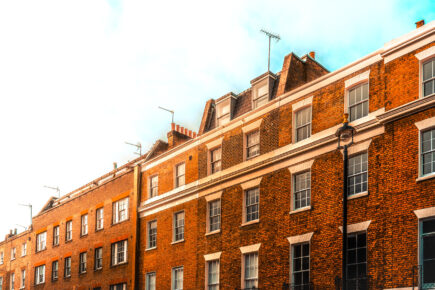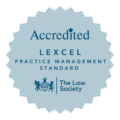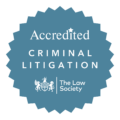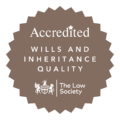The Building Safety Act 2022 (‘the Act’) has had far reaching implications for property owners, developers, and the construction industry as a whole. In March, B P Collins’ property litigation team advised on the implications of the Act, and in July advised on how the Act would be enforced. There is now the need for another update as a significant milestone has been passed.
In short, we have arrived here because the Act created the Building Safety Regulator (‘BSR’),an independent body, which is part of the Health and Safety Executive (HSE). The Act defined a High-Rise Residential Building as one that is 18 metres tall or higher, or at least seven storeys, with two or more residential units. There are a number of different relevant people as regards each of these buildings. The Act set outs:
- An Accountable Person is an organisation or individual who owns or has a legal obligation to repair any ‘common parts’ of the building.
- Each building must have one clearly identifiable accountable person, known as the Principal Accountable Person.
The Act works in conjunction with The Regulatory Reform (Fire Safety) Order 2005.. In a residential setting, the Fire Safety Order also sets out:
- An individual or organisation is a Responsible Person if they own the building (only in relation to the non-domestic parts) or they have control over the premises.
- An organisation or individual may not be a Responsible Person but they may still be a Duty Holder with some responsibilities under the Fire Safety Order if they have some control within the premises.
Recent milestone
All of these roles come with their own responsibilities and potential liability. The most recent milestone that has been passed relates to a responsibility of the Principal Accountable Person as they must register the building with the BSR. As part of the registration process, they must:
- submit structure and fire safety information about the building and;
- notify the BSR of any changes to the information submitted at registration.
The deadline to register High-Rise Residential Buildings that residents do, did or could occupy was 30 September 2023. Now that we are into November, it is an offence to allow residents to occupy an unregistered building. Additionally, new residential buildings that satisfy the criteria and are completed on or after 1 October 2023 must be registered before residents can occupy them. Those who do not register and fail to comply with the registration process will face investigation and may be prosecuted for criminal offences. See our article on enforcement for more details about how serious this could be.
Applying to register a High-Rise Residential Building can be done online currently for a £251 application fee and with the correct information to hand which should include the structure and fire safety information about the building mentioned above, registering also requires:
- the building’s name, address and postcode;
- a building summary, including height in metres, number of floors and residential units, and year of completion; and
- the names and contact details of the Principal Accountable Person and all other Accountable Persons.
The BSR must be informed of any changes to the register within 14 or 28 days (depending on the information) of the Principal Accountable Person becoming aware of the change.
The registration process ensures the safety of residents in high-rise buildings is at the forefront and further ensures that the safety of those residents is ongoing.
B P Collins’ property and property litigation team is experienced in the issues raised in this article. For further advice please contact enquiries@bpcollins.co.uk or call 01753 889995.

